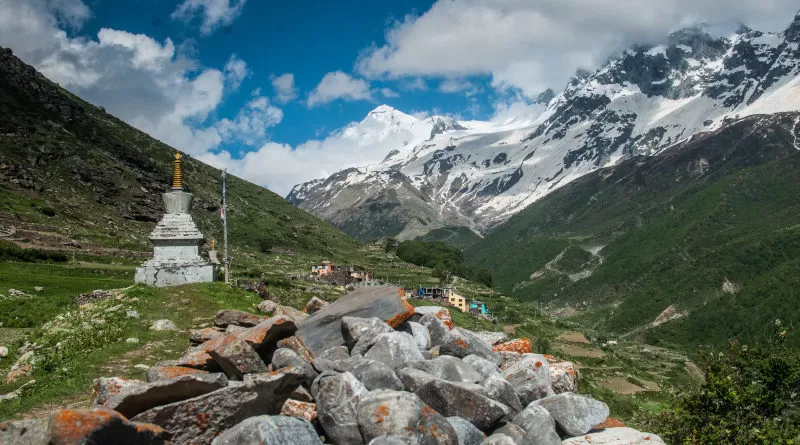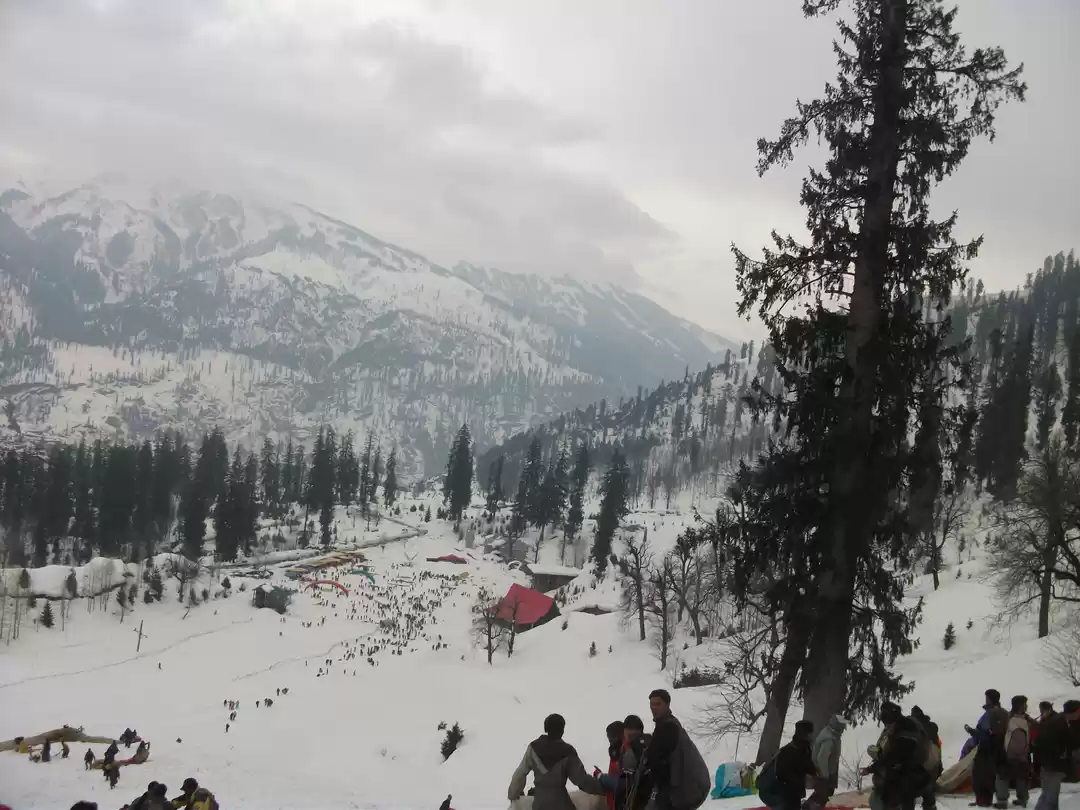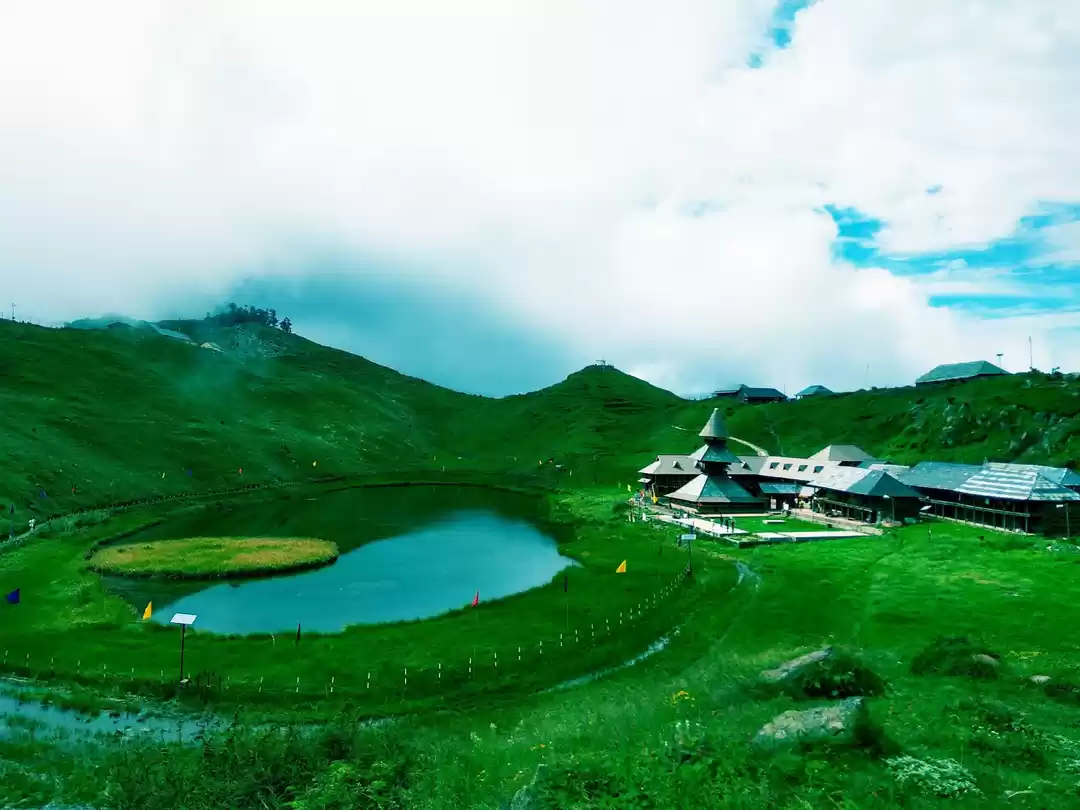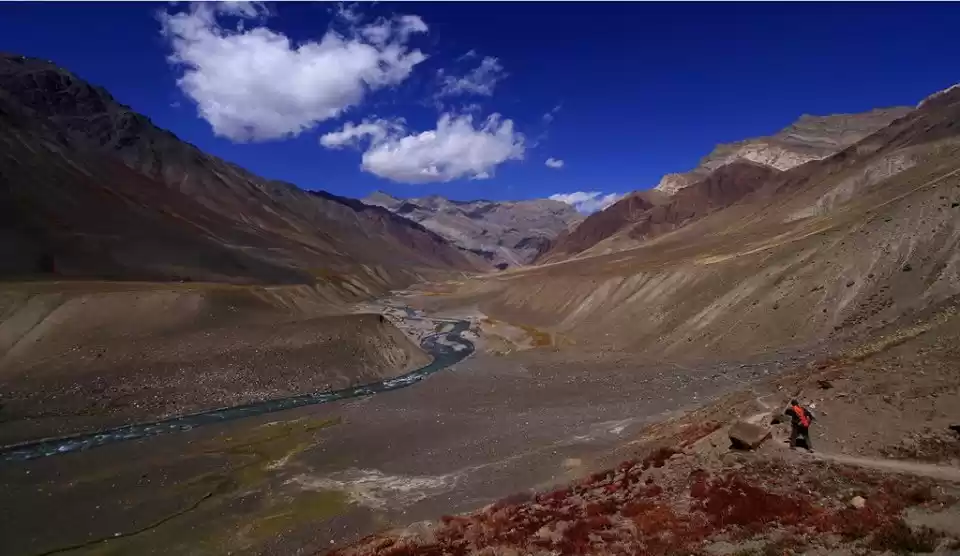Are you looking for a destination that offers adventure, beauty, culture, and solitude? Do you want to explore a place that is untouched by modernity and tourism? If yes, then Pangi Valley is the perfect choice for you. Pangi Valley is a remote and scenic region in the Chamba district of Himachal Pradesh, India. It is surrounded by high mountains and deep gorges, and is home to several tribes and villages that have preserved their ancient traditions and customs.
Pangi Valley is also a paradise for nature lovers and thrill seekers, as it offers stunning views, lush forests, sparkling rivers, and challenging treks. In this article, we will tell you everything you need to know about Pangi Valley, such as how to reach, when to visit, what to see and do, where to stay and eat, and what festivals to witness. Read on to discover the hidden gem of the Himalayas.
How to Reach Pangi Valley
Pangi Valley is not easy to reach, as it is one of the most isolated and underdeveloped regions in India. The only road that connects Pangi Valley to the rest of the world is the Saach Pass, which is a narrow and treacherous mountain pass that remains closed for most of the year due to heavy snowfall. The Saach Pass is open from June to October, and can be accessed from Chamba or Manali. The road conditions are very poor, and require a skilled driver and a sturdy vehicle. The distance from Chamba to Killar, the headquarters of Pangi Valley, is about 170 km, and takes about 10 hours to cover.

The distance from Manali to Killar is about 230 km, and takes about 12 hours to cover. There are no petrol pumps or mechanics on the way, so make sure you have enough fuel and spare parts. There are also no regular buses or taxis to Pangi Valley, so you will have to hire a private vehicle or hitchhike with the locals.
If you want to avoid the road, you can also reach Pangi Valley by rail, air, or helicopter. The nearest railway station to Pangi Valley is Pathankot, which is about 300 km away. From Pathankot, you can take a bus or taxi to Chamba, and then proceed to Pangi Valley by road. The nearest airport to Pangi Valley is Bhuntar, which is about 250 km away. From Bhuntar, you can take a bus or taxi to Manali, and then proceed to Pangi Valley by road. Alternatively, you can also take a helicopter service from Bhuntar to Killar, which operates twice a week, subject to weather conditions. The helicopter ride takes about 40 minutes, and costs about 3000 rupees per person.
Best Time to Visit Pangi Valley
The best time to visit Pangi Valley depends on your preferences and activities. Pangi Valley has a cold and dry climate, with temperatures ranging from -20°C to 25°C throughout the year. The winter season lasts from November to May, and is characterized by heavy snowfall, freezing temperatures, and road closures. The winter season is ideal for snow lovers and adventure seekers, who can enjoy skiing, snowboarding, snowshoeing, and ice skating in Pangi Valley.

However, the winter season is also very harsh and risky, and requires proper equipment and guidance. The summer season lasts from June to October, and is characterized by pleasant weather, clear skies, and road openings. The summer season is ideal for nature lovers and culture enthusiasts, who can enjoy trekking, camping, rafting, and sightseeing in Pangi Valley. However, the summer season is also very crowded and expensive, and requires advance booking and planning.
Things to See and Do in Pangi Valley
Pangi Valley is a place that offers something for everyone, whether you are looking for adventure, beauty, culture, or solitude. Here are some of the things that you can see and do in Pangi Valley:

Killar:
Killar is the headquarters and the largest town of Pangi Valley. It is situated on the banks of the Chenab river, and offers a panoramic view of the valley. Killar is the base for exploring the rest of Pangi Valley, as it has the most facilities and services, such as hotels, guest houses, homestays, restaurants, cafes, shops, banks, post office, hospital, police station, and helipad. Killar is also known for its Det Nag shrine, which is a sacred place for the locals, and hosts an annual fair in August.

Dharwas:
Dharwas is the largest village in Pangi Valley, and is located about 10 km from Killar. Dharwas is famous for its local culture and traditions, which are reflected in its architecture, art, and festivals. Dharwas has several wooden houses, temples, and monuments, that showcase the craftsmanship and skills of the villagers. Dharwas also has a rich literary and theatrical heritage, as it is the birthplace of several poets, writers, and actors, who have contributed to the Pangi dialect and literature. Dharwas also celebrates several festivals, such as Jukaru, Phaguli, and Chaitr, that display the colorful and vibrant costumes, dances, and rituals of the villagers.

Purthi:
Purthi is a small hamlet in Pangi Valley, and is located about 20 km from Killar. Purthi is famous for its Cherry Bungalow, which is a colonial-era forest rest house, that was built by the British in 1928. The Cherry Bungalow is a charming and cozy place, that offers a splendid view of the valley and the Chenab river. The Cherry Bungalow also has a library and a museum, that contain several books and artifacts related to the history and culture of Pangi Valley. Purthi is also a good place for trekking and camping, as it has several trails and sites nearby, such as the Parmar Valley and the Sural Lake.

Parmar Valley:
Parmar Valley is a scenic and serene valley in Pangi Valley, and is located about 25 km from Killar. Parmar Valley is named after the Parmar tribe, who inhabit the valley, and have preserved their unique culture and lifestyle. Parmar Valley is a paradise for nature lovers and trekkers, as it offers breathtaking views, lush meadows, dense forests, and sparkling streams. Parmar Valley is also a good place for camping and birdwatching, as it has several spots and species nearby, such as the Hudan Lake and the Himalayan Monal.

Other Places:
Pangi Valley has many other places of interest, that are worth visiting, such as Sural, Hudan, Mindhal, Phindru, Sach Pass, etc. Each place has its own charm and attraction, and offers a different perspective and experience of Pangi Valley. However, some of these places are very remote and inaccessible, and require a lot of time and effort to reach. Therefore, you should plan your itinerary carefully, and consult the locals or the guides before venturing to these places.
Where to Stay and What to Eat in Pangi Valley
Pangi Valley is not a place for luxury and comfort, as it is very isolated and underdeveloped. However, Pangi Valley has some decent and affordable options for accommodation and food, that cater to the basic needs and tastes of the travelers. Here are some of the options that you can consider:
Hotels:
Pangi Valley has a few hotels, that offer rooms with basic amenities, such as beds, blankets, heaters, toilets, and showers. The hotels are mostly located in Killar, and charge about 500 to 1000 rupees per night. Some of the hotels that you can check out are Hotel Sach Pass View, Hotel Pangi Inn, and Hotel Pangi Valley.
Guest Houses:
Pangi Valley has a few guest houses, that offer rooms with similar amenities as the hotels, but with a more homely and friendly atmosphere. The guest houses are mostly located in Killar and Dharwas, and charge about 300 to 500 rupees per night. Some of the guest houses that you can check out are PWD Guest House, Forest Guest House, and Cherry Bungalow.
Homestays:
Pangi Valley has a few homestays, that offer rooms with minimal amenities, but with a more authentic and cultural experience. The homestays are mostly located in the villages, and charge about 200 to 300 rupees per night. Some of the homestays that you can check out are Parmar Homestay, Hudan Homestay, and Sural Homestay.
Campsites:
Pangi Valley has a few campsites, that offer tents with basic amenities, such as mattresses, sleeping bags, lanterns, and toilets. The campsites are mostly located near the lakes and the valleys, and charge about 500 to 1000 rupees per night. Some of the campsites that you can check out are Sural Campsite, Hudan Campsite, and Parmar Campsite.
Pangi Valley has a limited and simple cuisine, that is influenced by the local crops and climate. The staple food of Pangi Valley is rice, wheat, maize, and barley, that are cooked in various forms, such as roti, paratha, khichdi, and pulao. The main dishes of Pangi Valley are dal, kadhi, rajma, chana, and saag, that are prepared with local spices and herbs, such as garlic, ginger, turmeric, coriander, and mint. The main snacks of Pangi Valley are siddu, patande that are stuffed with mashed potatoes, cheese, or nuts, and are served with ghee or chutney.
The main desserts of Pangi Valley are halwa, kheer, and seera, that are made with milk, sugar, and dry fruits. The main beverages of Pangi Valley are tea, coffee, and sharbat, that are flavored with cardamom, saffron, and rose. Pangi Valley also has some local alcoholic drinks, such as lugri, chhang, and arak, that are brewed from barley, rice, and fruits. You can find most of these dishes and drinks in the restaurants and cafes in Killar and Dharwas, or in the homestays and campsites in the villages and valleys.
Culture and Festivals of Pangi Valley
Pangi Valley has a rich and diverse culture, that is influenced by the various tribes and communities that live in the region, such as the Pangwals, the Bhotis, the Rajputs, and the Gujjars. Pangi Valley has its own dialect, literature, art, music, and dance, that reflect the history and lifestyle of the people. Pangi Valley also has a strong religious and spiritual heritage, that is manifested in the numerous temples, shrines, and festivals that are celebrated in the region. Some of the festivals that you can witness in Pangi Valley are:
Jukaru:
Jukaru is the most important and popular festival of Pangi Valley, that is celebrated in the month of June, to mark the opening of the Saach Pass and the arrival of the summer season. Jukaru is a festival of joy and gratitude, that involves various rituals, such as worshipping the local deities, offering prayers and sacrifices, and performing dances and songs. Jukaru is also a festival of social and cultural exchange, that brings together the people of Pangi Valley and the neighboring regions, such as Chamba, Lahaul, and Zanskar, who visit each other and exchange gifts and greetings.
Phaguli:
Phaguli is another important and colorful festival of Pangi Valley, that is celebrated in the month of March, to mark the end of the winter season and the beginning of the spring season. Phaguli is a festival of fertility and renewal, that involves various rituals, such as decorating the houses and temples with flowers and flags, lighting bonfires and lamps, and performing dances and songs. Phaguli is also a festival of love and romance, that allows the young men and women of Pangi Valley to meet and mingle with each other, and express their feelings and proposals.
Chaitr:
Chaitr is a religious and cultural festival of Pangi Valley, that is celebrated in the month of April, to commemorate the birth anniversary of Lord Rama, the hero of the epic Ramayana. Chaitr is a festival of devotion and drama, that involves various rituals, such as reading and reciting the Ramayana, worshipping and offering flowers and fruits to Lord Rama, and performing dances and songs. Chaitr is also a festival of theatre and art, that showcases the talent and creativity of the people of Pangi Valley, who enact and perform various scenes and episodes from the Ramayana, using costumes, masks, and props.
Pangi Valley is a place that will surprise and delight you with its beauty, adventure, culture, and solitude. Pangi Valley is a place that will challenge and reward you with its remoteness, difficulty, diversity, and authenticity. Pangi Valley is a place that will inspire and transform you with its history, spirituality, literature, and art.
If you are looking for a destination that is off the beaten track and on the edge of the world, then Pangi Valley is the place for you. Plan your trip to Pangi Valley today, and discover the hidden gem of the Himalayas.












































